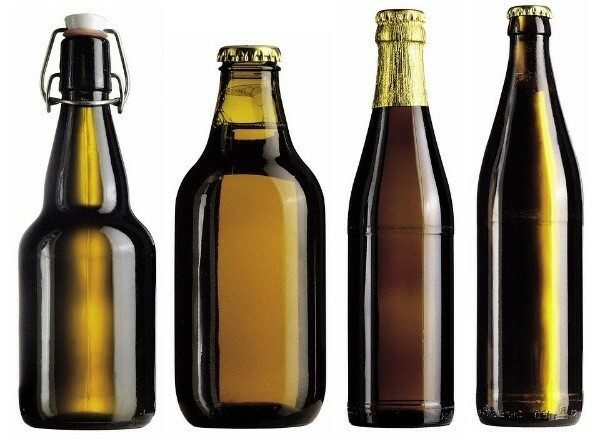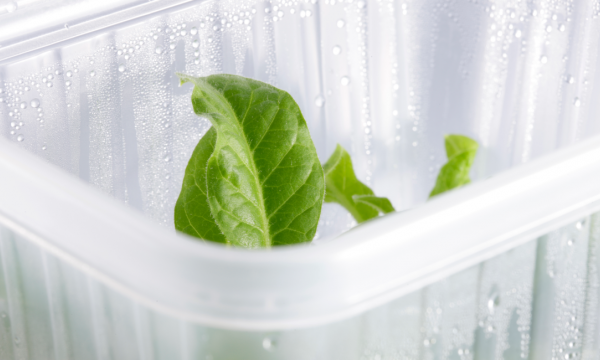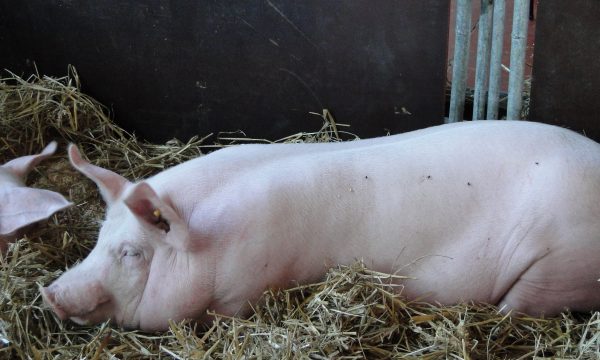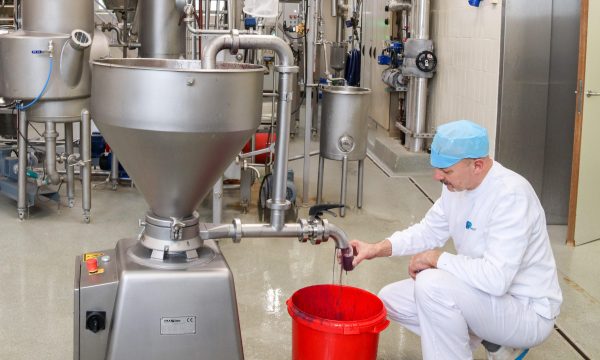Press release Not only the variety but also the 'terroir' of hops determines the taste, aroma and mouthfeel of beer
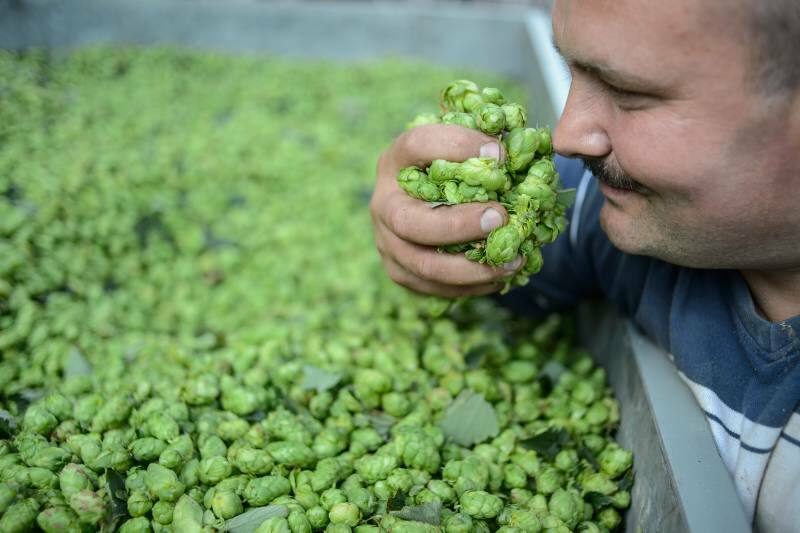
For the first time it has been shown that the 'terroir' of hops - the combination of environmental factors and cultivation technique - can have an impact on the 'flavour' - the combination of the mouthfeel, aroma and flavour of beer. This was done within the doctoral research of Ann Van Holle, responsible for Research & Development at De Proefbrouwerij, in collaboration with Ghent University and Flanders Research Institute for Agriculture, Fisheries and Food (ILVO), where a broad set of commercially relevant hop varieties were examined.
Hops are one of the key ingredients in beer production and largely determine the bitterness, aroma and final flavour. We already knew that specific characteristics in beer largely depend on the hop variety (or combination of varieties) used and on the dose of hops and the technologies used. Now, thanks to the combination of genetic and biochemical data, we know that both variety and terroir have specific effects on the brewing properties of hops, and consequently on the sensory properties of beer. Hops of the same variety but grown in different regions ranging from Australia, Belgium, Germany, Idaho and Washington, have different specific characteristics. These insights open perspectives for subtle diversification in beer flavour profiles. Together with the tools developed for the genetic and biochemical characterisation of hop lots, these insights are ready for use in further research into the hop terroir concept and for exploitation in the hop and brewing sector.
On Wednesday 1 July 2020 at 4 p.m. Ann Van Holle will defend her PhD thesis "The impact of hop terroir on beer flavour characteristics" via livestream. Supervisors of the doctorate are Prof. Dr. Geert Haesaert, Prof. Dr. Isabel Roldán-Ruiz, Dr. Hilde Muylle, and Prof. em. Dr. Anita Van Landschoot.
Hop, an essential ingredient of beer
The female flowers or 'hop cones' of the hop plant are used by brewers to give bitterness, aroma and final flavour to beer as well as to extend shelf life. These properties are determined by the bitter acids and essential oils in the hop cones. The α-acids, for example, are the precursors for the most important bitter substances in beer, the so-called iso-α-acids. The volatile hop oil components, in turn, mainly contribute to the hoppy aroma of beer. Together with the mouthfeel, aroma and taste determine the flavour of the beer. Depending on the hop variety (or combination of varieties) used and on the dosages and technologies applied, the influence of hops on the sensory properties of beer will vary.
Terroir of hops
Hops are grown all over the world under a wide variety of condition, e.g. soil composition, climate conditions or cultivation technique. This means that each cultivation region has unique characteristics and can possibly be considered as “terroir”. However, extensive research data on the impact of terroir on the brewing characteristics of hops have so far been very limited, in sharp contrast to the extensive knowledge developed about the terroir of wine.
Ann Van Holle therefore investigated the presence of certain aroma and flavour-related characteristics in beer, related to the cultivation of hops in various geographical regions worldwide (Australia, Europe and North America). Using biochemical and DNA-based techniques, she was able to differentiate varieties and detect terroir-related characteristics. Her research has led to relevant insights for the hop and brewing sector.
Variable beer flavour in hops of the same variety but different terroir
The reason for the research is the observation of variations in brewing value between different batches of the American hop variety Amarillo® when processed in De Proefbrouwerij. The hypothesis soon arose that these were possibly due to their geographical origin, and thus to the existence of terroir-related effects. In order to test this hypothesis, several batches of Amarillo® hop pellets from different locations in the Northwestern United States (Idaho and Washington) and from several harvest years were subjected to an in-depth biochemical analysis. In addition, the influence of the growing region on the hoppy aroma and beer flavour was assessed by means of smell and taste tests of single-hop beers produced in De Proefbrouwerij. Analysis of aroma components in both hops and beers showed that terroir effectively has a significant impact on the brewing value of hops, and consequently on the taste and aroma of the beer. The results of this study clearly implied that when brewing with Amarillo hops, terroir-related influences have to be taken into account in order to obtain a consistent beer flavour.
Tracing the authenticity of hop varieties
In order to investigate whether the effect observed in Amarillo also exists in other hop varieties, the study was extended to a set of 14 commercially relevant varieties. In order to distinguish specific terroir-related effects from possible mislabelling or mixing of varieties, it was important to have a variety identification method. Varietal identity was tested using a self-designed DNA fingerprinting protocol.
Verification of trueness to variety stands or falls with the reference database supporting this test. Therefore, in this PhD a collection of 104 hop varieties were selected from the most commercially relevant varieties, including varieties of different genetic origins (different breeding programs and also landraces from different regions). The DNA fingerprinting protocol for variety identification is based on a set of SNP (single nucleotide polymorphism) markers that can distinguish at least 104 hop varieties. For screening, a SNP genotyping protocol based on 20 KASP (Kompetitive Allele Specific PCR) tests was developed and optimised for use with plant material, bubbles and pellets (which are commonly used in the brewery).
Effect of terroir on brewing properties of hops
After confirmation of varietal identity, 219 hop samples (dried bubbles) of 14 commercially relevant varieties, grown in eight different regions of the world over three consecutive harvest years, were characterised. As expected, terroir-related effects in addition to Amarillo® were also clearly observed in other hop varieties.
By combining genetic and biochemical markers, abnormalities in the brewing characteristics of hops could be attributed to variety-specific and/or terroir-driven effects. In general, three large hop terroirs could be distinguished: Europe (Belgium, Czech Republic and Germany), North America (Idaho, Oregon and Washington) and Australia - New Zealand. For certain hop varieties a further distinction could be made within these terroirs. Once again, clear differences in the aroma profiles between Amarillo® grown in Idaho and Washington were demonstrated. On the other hand, less significant biochemical differences were found between these regions in hop samples of the Centennial variety, although these were clearly different from Centennial grown on Belgian soil. The results indicated varietal differences in sensitivity to terroir. The variations between harvest years were generally smaller than the differences between the growing regions.
Quality of beer
The importance of the terroir of hops for the brewing industry was investigated by examining the effects of variations between different hop batches on the sensory properties of beer. For this purpose eight single-hop beers were brewed with a selection of three widely used hop varieties (Amarillo®, Cascade and Centennial), each grown in different geographical regions. Genetic and biochemical fingerprints were made of the hops used, and the corresponding beers were examined using biochemical as well as sensory methods. Clear differences in aroma and flavour were observed between single-hop beers produced with hops of the same variety but originating from different regions. These results clearly demonstrate the relevance of hop terroir for the brewing industry. Complementary research will allow to further investigate the relationship between hop terroir and flavour of beer.
Towards brewing practice
This study has shown that the terroir has a significant impact on the brewing characteristics of a large number of commercially relevant hop varieties. Moreover, these distinctive hop characteristics have a clear influence on the sensory properties of beer. Ann Van Holle: "We advise brewers not only to evaluate the suitable variety or combination of varieties, but also to check the geographical origin of the hop batches. This is necessary in order to obtain qualitative beers with desired and consistent flavour profiles".
The knowledge and insights gained in the course of this study as well as the tools developed for genetic and biochemical differentiation are ready for use in the hop and brewing sector. The possible applications of these insights are diverse. They can be used in hop breeding programmes for the targeted selection of varieties in a given terroir, variety identification of propagating material and of hop fields or collections, entry control of varietal identity and quality of hop lots in brewing practice, and creation of regional identity and added value associated with specific hop growing regions.
